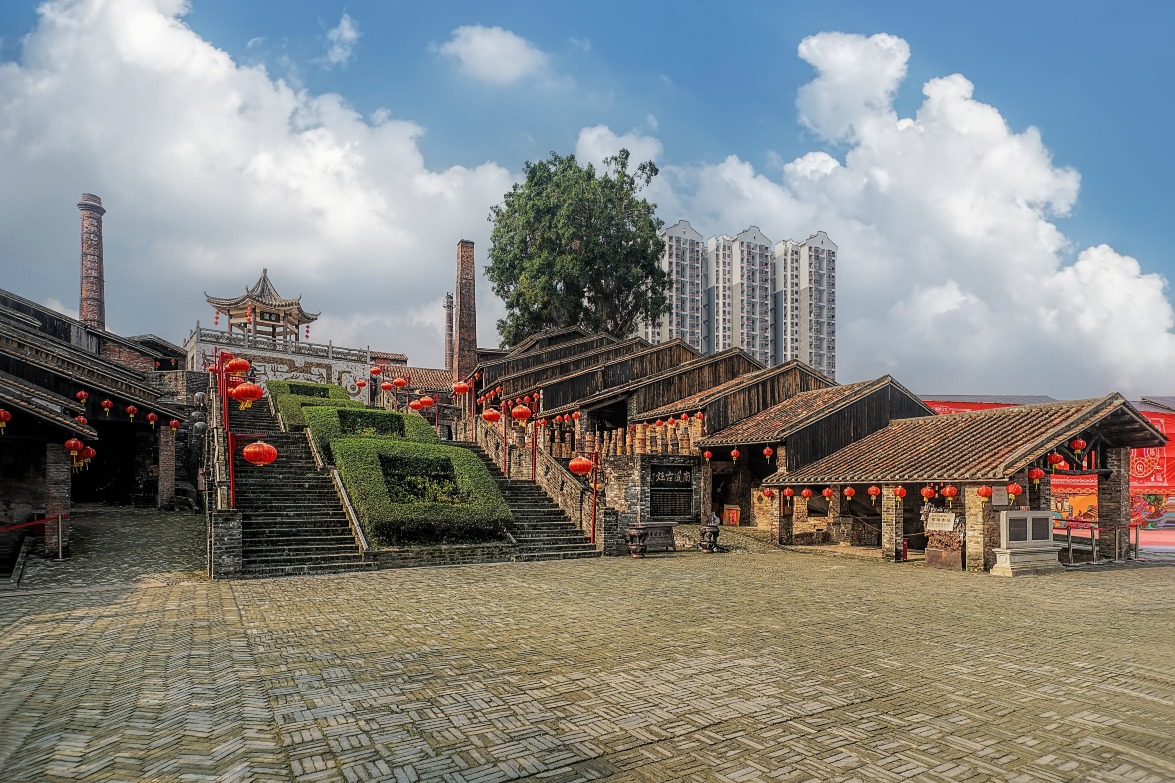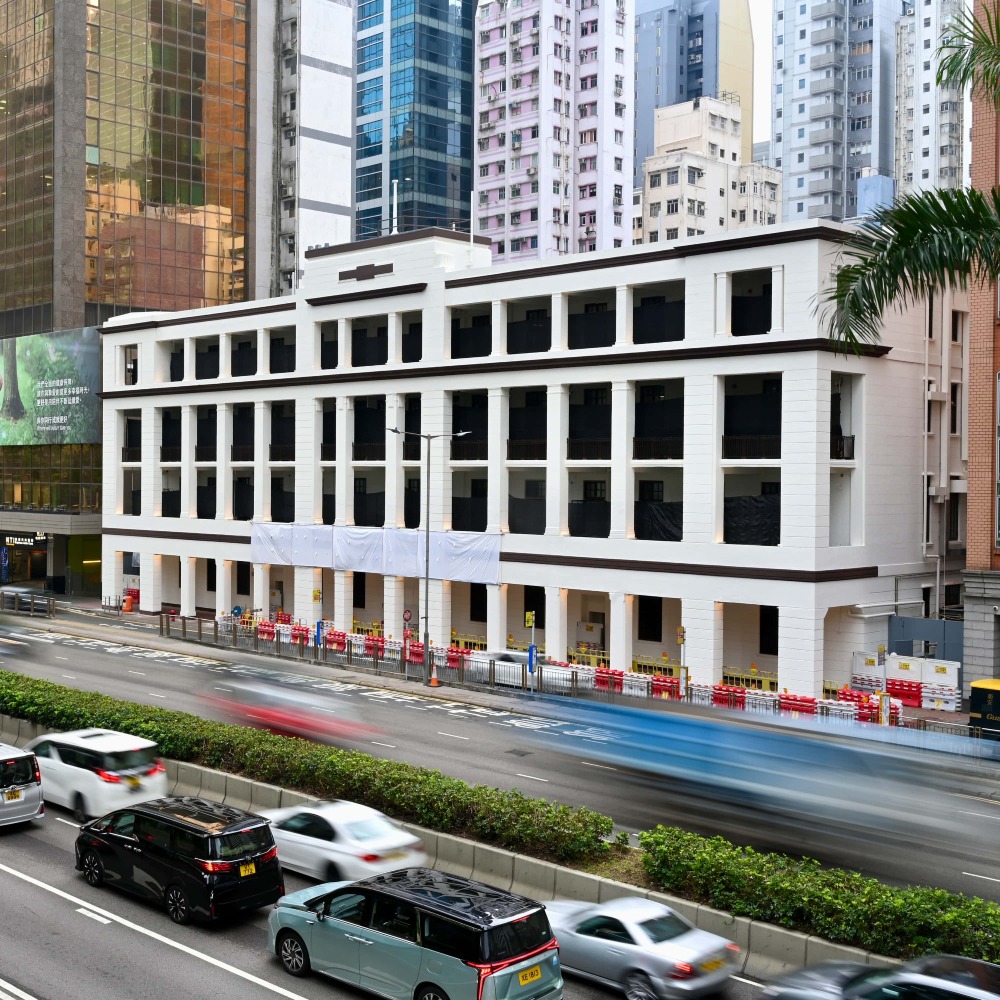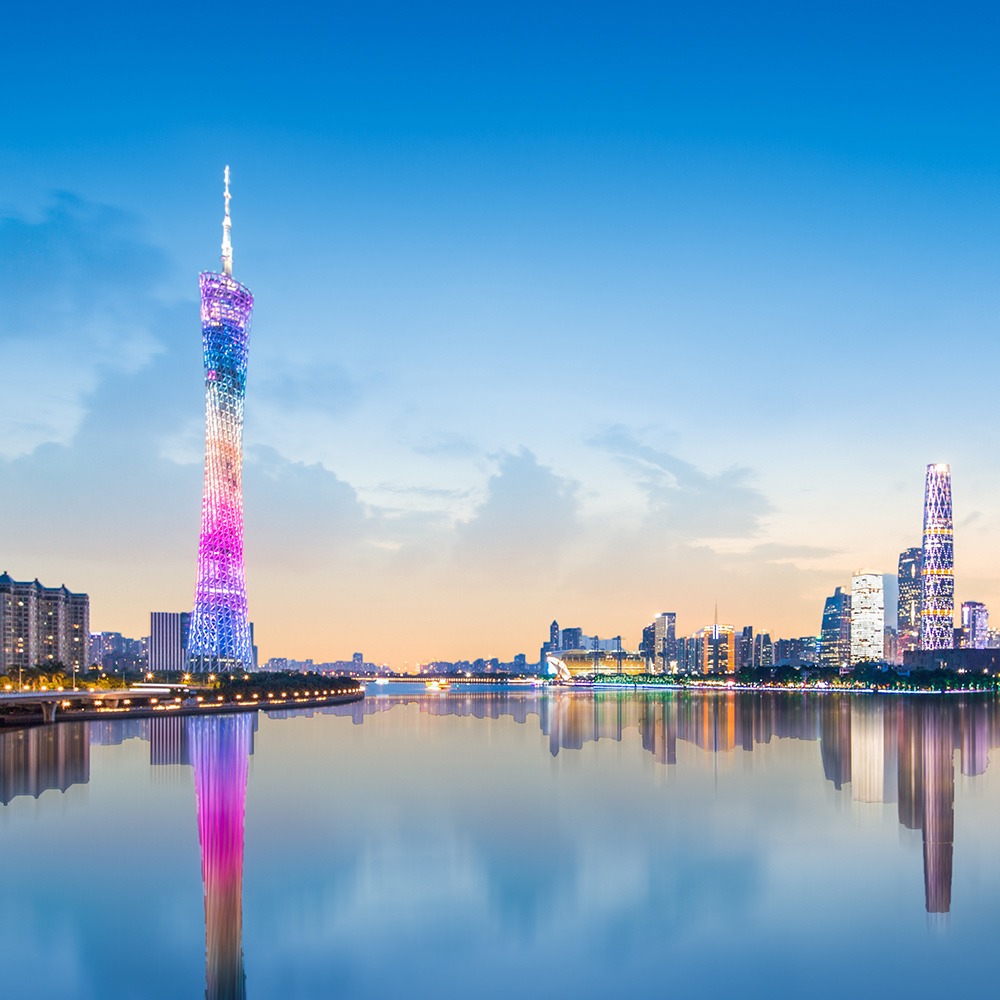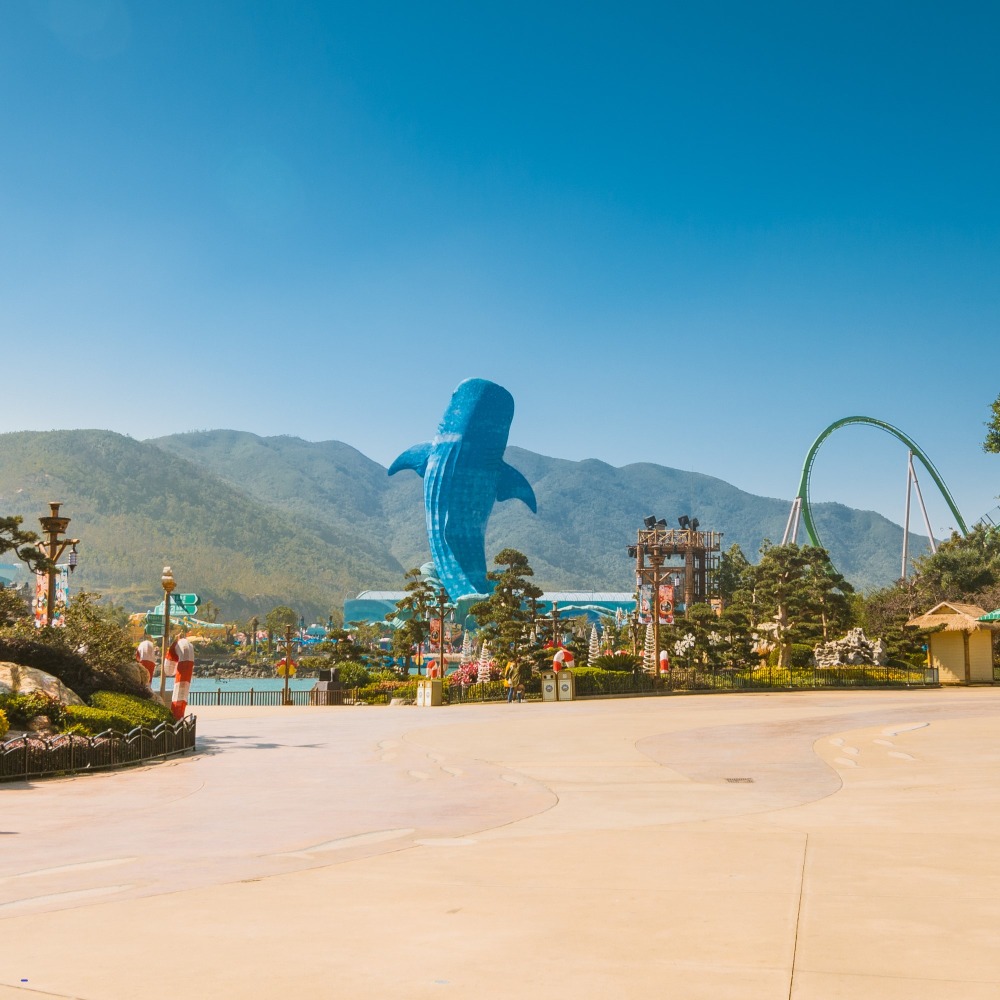Published : 2023-06-29
But how well do we know these places? Are we aware of the unique features of each city? This "GBA at a Glance" series will take you on a journey to explore the GBA cities from a different perspective, revealing that each city has its own mysterious set of five numbers.
Do you know that the history of Foshan is longer than we've imagined? Is Foshan really related to Buddha?
This article will take you on a journey of understanding Foshan with five numbers.
Over 5000 years of history
Foshan has a very long history, which can be traced back to the Neolithic era more than 5,000 years ago.
At that time, the ancestors mainly relied on fishing, farming and making stone tools to start a profound primitive civilization in the Pearl River Basin.

So, where did the word "Foshan" come from? When was it named?
In ancient times, Foshan was originally named Jihua Township. During the Tang Dynasty, villagers unearthed three Buddha statues on the Tower Hill (now named the Ancestor Temple Street).
People believed that this place was a mountain of Buddha, so they rebuilt a temple on the hill, enshrined the Buddha statues in the temple, and engraved the word of "Foshan" (meaning: Buddha Mountain) on the stone tablet. This is how Foshan got its name.

During the Ming Dynasty, Foshan Town became an important town in Lingnan where merchants gathered, and was listed among the "Four Famous Towns" in ancient times, along with Jingde Town in Jiangxi Province, Zhuxian Town in Henan Province and Hankou Town in Hubei Province.
In 1951, Foshan Town was upgraded to Foshan City and was upgraded to a prefecture-level city in 1983.
3798 Square kilometers
Foshan City is located in the central southern part of Guangdong Province, in the belly of the Pearl River Delta, with a total area of 3,797.72 square kilometers.
It ranks fifth among the 11 cities in the Greater Bay Area, with five administrative districts: Chancheng (禪城區), Nanhai (南海區), Shunde (順德區), Sanshui (三水區) and Gaoming (高明區).

Foshan has a permanent population of about 9.61 million, ranking fourth in the Greater Bay Area. Moreover, Foshan is also a famous hometown of overseas Chinese.
According to incomplete statistics, there are as many as 1.4 million overseas Chinese of Foshan origin, scattered in over 70 countries.
Read More: About GBA|5 Figures to know about Shenzhen
1.3 Trillion CNY GDP
In addition to its rich historical heritage, Foshan's modern social development is also thriving.
In 2019, Foshan's GDP exceeded one trillion CNY for the first time, becoming the 17th city in the country and the third in Guangdong to surpass the GDP threshold of one trillion.
In 2022, a regional GDP of 1,269.84 billion CNY was achieved, ranking fourth in the Greater Bay Area.

Foshan is one of the most developed areas for economy in China. It is an important manufacturing base that covers almost all industries, including home appliances, ceramic building materials, metal products, furniture manufacturing, textiles and clothing, etc., whose manufacturing output value ranks first in the Guangdong province.
At the same time, Foshan is a gathering place for famous domestic brand demonstration areas, with representative companies such as Midea and Haitian Flavor Industry.
The number of well-known trademarks ranks first among all prefecture-level cities in China, making it a true "brand capital of China".
Average temperature 23 degrees
Foshan has a subtropical monsoon humid climate, with a mild climate and abundant rainfall throughout the year.
The average annual temperature is about 23.2 degrees. Its natural resources mainly include pottery, aquatic products, rice, sugarcane, a variety of fruit trees and flowers, etc. Since ancient times, it has been a rich land of fish and rice (魚米之鄉).

The mild climate of the four seasons nurtures a lot of characteristic landscapes and cultural sceneries. The "New Eight Scenic Spots of Foshan" include the Ancestor Temple, Xiqiao Mountain, Zaomu Mountain, Qinghui Garden, Nanfeng Ancient Kiln, Chen Village Flower World and Sanshui Lotus World.
Read More: A summer trip to Foshan Yayi Park: Lotus in the mist
15 National-level intangible cultural heritages
As one of the cultural cities in China with a history of thousands of years, Foshan is the major birthplace of numerous Lingnan cultures, including southern martial arts, Cantonese cuisine, Cantonese opera, southern lion dances and other projects.
It owns 15 national intangible cultural heritages and 56 provincial intangible cultural heritages.

To this day, Foshan still retains many traditional Lingnan cultures, including pottery, lion dance, paper-cutting and woodblock prints.
Traditional sports such as Wing Chun, Lion Dance and Dragon Boat have gained worldwide fame, making Lingnan culture famous and showing the world the unique charm of this thousand-year-old city.
Read More: About GBA|5 Figures to know about Guangzhou
























